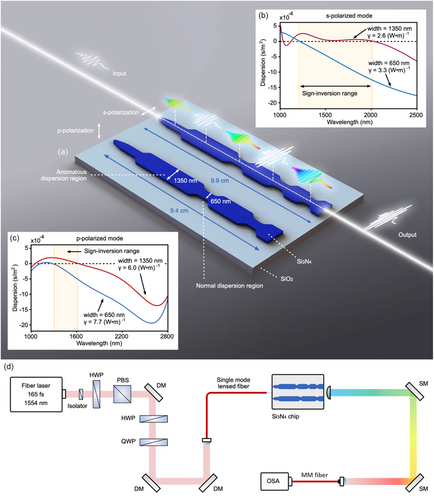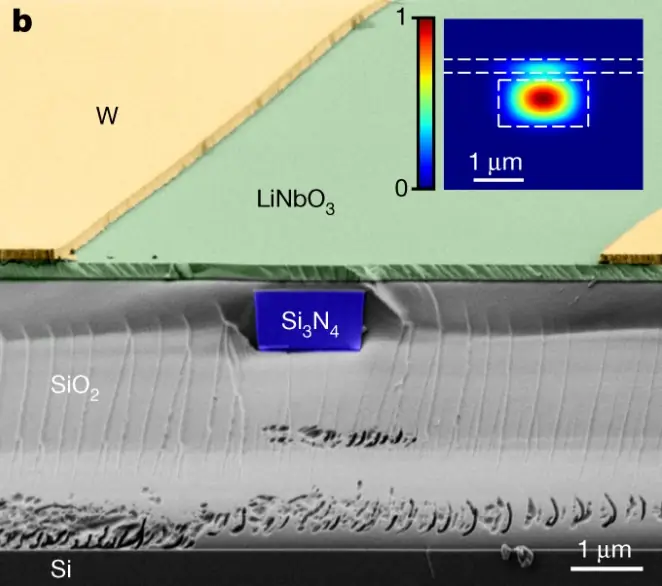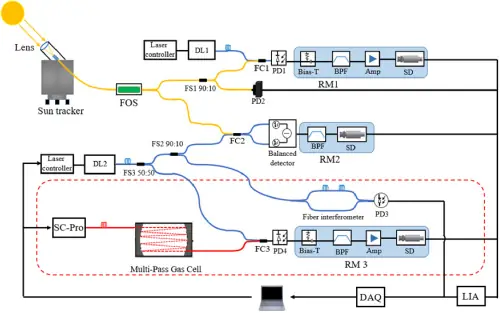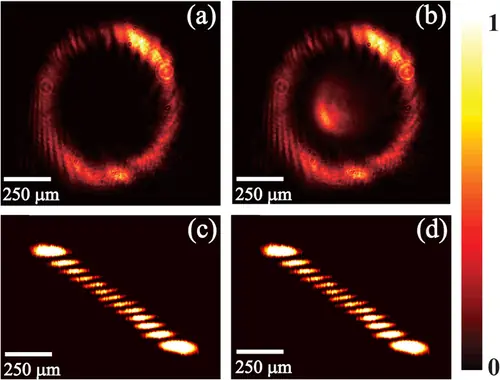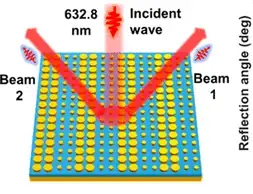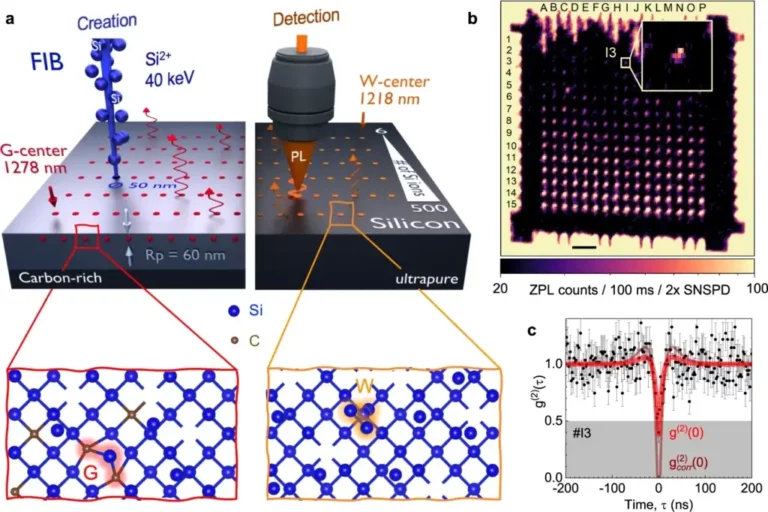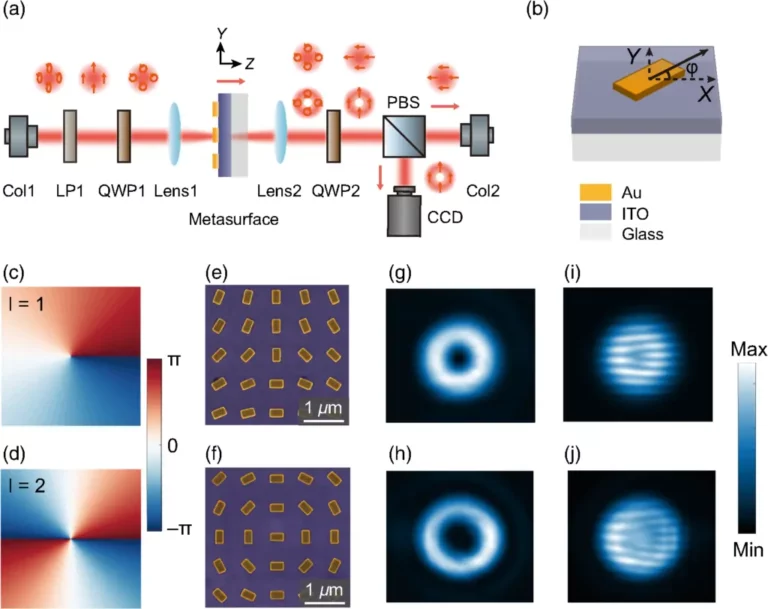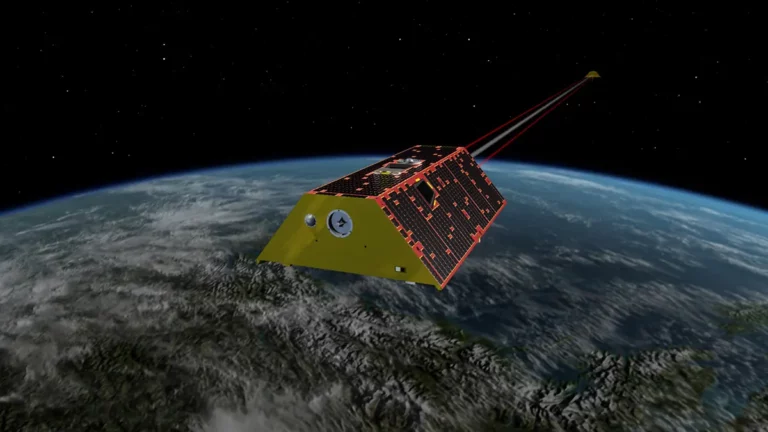A Quantum Leap in Efficiency: 3 Orders of Magnitude Improvement in On-Chip Supercontinuum Generation
Researchers have achieved a groundbreaking advancement in the field of ultraefficient on-chip supercontinuum generation, paving the way for the development of portable and mechanically stable medical imaging devices, chemical sensors, and light detection and ranging (LiDAR) systems.

